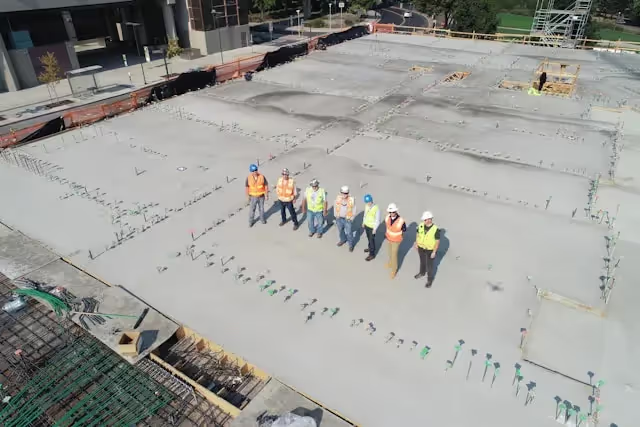Administration might be the most boring of all the construction jobs, but it is the most critical. Construction projects face challenges at every turn: complex coordination, tight budgets, and demanding deadlines. All these issues must funnel through some type of record keeping, requiring administration and control. Construction administration is a role carved out to manage these challenges, ensuring projects run smoothly from start to finish in accordance with the contract and with informed decisions!
Whether you're a project owner protecting your investment, a project manager aiming for successful delivery, or a consultant focused on client satisfaction, it is vital that you understand and apply effective construction administration principles.
What is Construction Administration?
Construction administration is a term used for the many tasks required in overseeing and managing a capital project's construction phase (where most administration is needed) to ensure good, healthy record-keeping and information flow across design, contract specifications, budget, and schedule.

What does a Construction Administrator do for capital projects?
- Administration: General administration around the office or site.
- Quality control: They monitor workmanship, materials, and construction methods to verify they meet the required standards.
- Change order management: Construction administration involves assessing, negotiating, and approving changes to the original project scope.
- Progress tracking and reporting: Regular progress reports provide project owners and stakeholders with updates on schedule, budget, and potential issues.
- Problem resolution: Construction administrators address disputes, delays, and other issues during construction.
Top 5 Construction Administration Techniques
1. Effective Communication
Communication is key within every organization, and creating effective communication channels within your team is important. Establishing open lines of communication among stakeholders, subcontractors, and project teams fosters collaboration and minimizes misunderstandings. Regular progress meetings, digital communication tools, and centralized communication platforms facilitate efficient information exchange, ensuring alignment and cohesion across project stakeholders. Communication channels will appear in online tools like Aconex, Outlook, and transmittal letters through onsite in-person interactions.
2. Comprehensive Documentation
Clear and comprehensive documentation practices form the cornerstone of effective construction administration. Thorough documentation of contracts, change orders, project specifications, and progress reports provides an extensive record of project milestones and deliverables. Digital documentation systems enhance accessibility, accuracy, and transparency, enabling stakeholders to track project progression and ensure contractual compliance.
3. Proactive Risk Management
Anticipating and mitigating project risks using a risk register is essential for safeguarding project integrity and minimizing disruptions. Proactive risk management techniques involve conducting comprehensive risk assessments, identifying potential hazards, and developing contingency plans. Risk management software helps with risk identification, analysis, and mitigation, empowering project teams to address challenges and uncertainties proactively.
4. Technology Integration
Embracing technological innovations revolutionizes construction administration processes, enhancing efficiency and productivity. Where administration can be removed or made easier, identifying and introducing software can be helpful for construction administration. If we all administer, the software enables collaborative project visualization, enhancing communication and decision-making. Project management platforms streamline task allocation, resource management, and project tracking, optimizing project workflows and facilitating real-time project oversight.
5. Quality Control Measures
Maintaining stringent quality control measures ensures project deliverables meet predefined standards and specifications. Implementing quality assurance protocols, conducting regular inspections, and adhering to industry best practices uphold project quality and mitigate rework. Leveraging quality management software enhances visibility into project quality metrics, enabling continuous improvement and stakeholder satisfaction.

Conclusion
Construction administration might not be the first thing that comes to mind when you picture a bustling job site. But make no mistake: it's the backbone of successful project delivery. By embracing these techniques, you'll gain unparalleled control over your project's progress. This means avoiding costly delays, minimizing unexpected expenses, and ensuring the final product aligns seamlessly with the initial vision.
Remember, effective construction administration isn't just about ticking boxes; it's about fostering clear communication, anticipating problems, and ensuring that every step of the process contributes to a project you can be proud of.






.avif)






.avif)

.avif)
